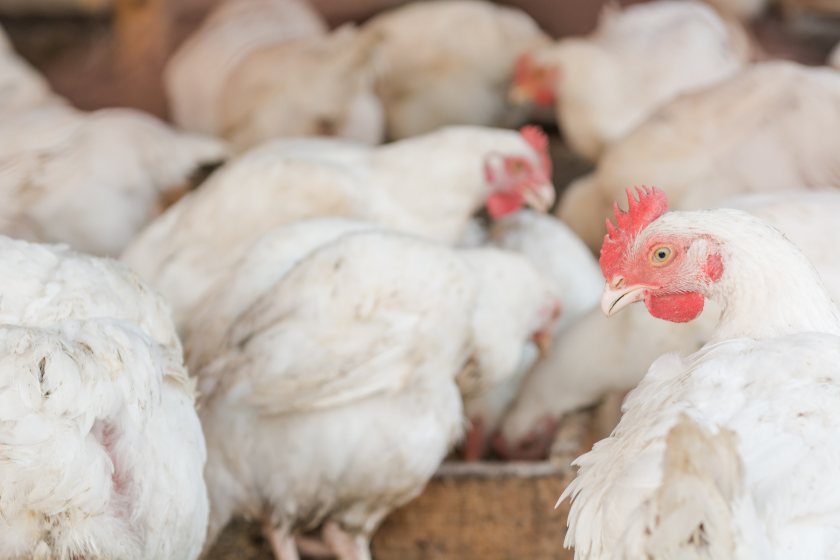
A major outbreak of bird flu has struck a poultry farm in Cumbria, forcing the cull of 43,000 birds and triggering strict disease control zones.
Highly pathogenic avian influenza (HPAI) H5N1 was confirmed on 28 September 2025 at a commercial broiler breeding premises near Wetheral, Cumberland.
Defra has imposed a 3km protection zone and a wider 10km surveillance zone, with movement restrictions on poultry, captive birds and related products.
The case is the latest blow in Britain’s battle with avian influenza, which has raged since 2021 in the largest and most prolonged outbreak in Europe’s history.
Tens of millions of birds have been culled across the continent, with the UK poultry sector among the hardest hit.
H5N1 is now considered endemic in wild bird populations, making eradication difficult. The virus continues to cause major losses for commercial producers, who face devastating culls whenever infections are detected.
Defra stresses that strong biosecurity remains the most effective defence. Keepers are urged to watch for signs of infection such as sudden mortality, drops in egg production, or swelling and discolouration of the head.
While the economic toll on farming is severe, the risk to public health is very low. The Food Standards Agency confirms that properly cooked poultry and eggs remain safe to eat.
But with costs rising and repeated outbreaks taking their toll, the latest cull in Cumbria underlines the scale of the challenge in protecting the UK’s poultry industry.
